|
|
|
|
Choosing and Using P-Lines™
.
|
|
|
|
The best part about PedalSnake is the ability to achieve "only one cable". Not only is this a thing of beauty, but it is the fastest and quietest setup you can have. PedalSnake's P-Lines™ are the key, as they allow you to get rid of the nasty AC power cord you run to your pedalboard. |
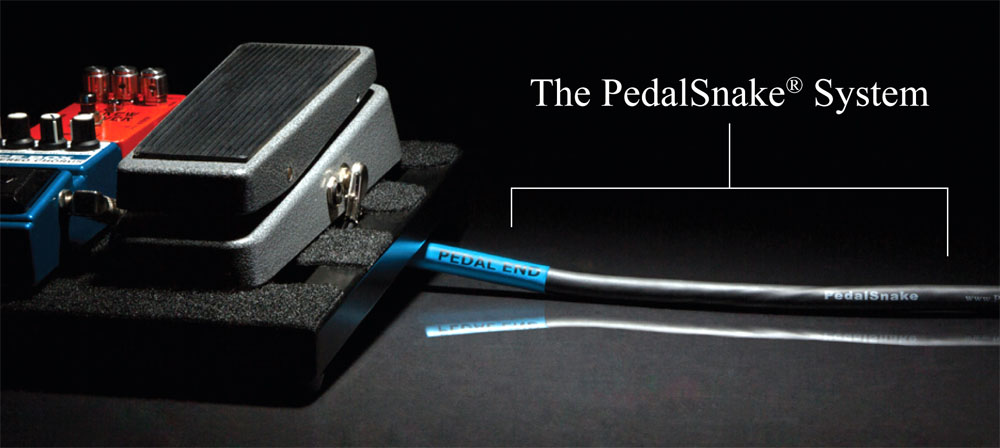 |
| There are several helpful sections on this page. | |
| . |
|
The state-of-the-art in powering effects pedals. If you choose the 24V Method, it is so simple, you no longer need the rest of this page.
|
|
| .. | |
| .P-Line Basics |
Learn how to run low voltage to your pedals thru PedalSnake with low-voltage P-Lines. NO MORE AC POWER CORD.
|
| .. | |
|
Before investing in PedalSnake, unless you adopt the 24V Method, work out your power scheme first.
|
|
| .. | |
| Other Helpful References |
Pretty much all you need to know about pedals and power.
|
| . | |
| Back to top | |
| . |
P-Line BasicsThe "one cable only" solution, aka the Low Voltage Method, is the fastest, cleanest, and quietest guitar cabling system on Planet Earth. Run low voltage to power your pedals thru PedalSnake.
|
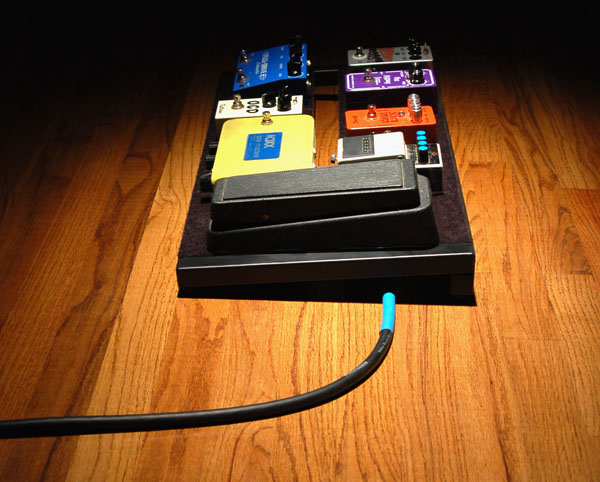 |
.
The Magic of P-LinesPedalSnake P-Lines (PowerLines) that allow you to eliminate the AC power cord that runs out to your pedal area, by moving power supplies back and plugging them in with the amp. Their low voltage (9V, 18V, etc.) is run thru PedalSnake P-Lines, and you have the ultimate application of the PedalSnake System.
|
 |
|
|
|
|
One P-Line for Each Power SupplyMost folks require only 9V for powering their pedals. 9V pedals can often be power chained from one 9V power supply, saving power supplies and P-Lines. If you have pedals that require other voltages, you need P-Lines for those power supplies too. See Pedal Voltages.
. |
 |
Use Dual P-LinesWhen you can, use these to save BaseSnake channels and cost. Dual P-Line Pigtails make 2 PowerLines from one channel. Choose from MF2, MF2-I, and MM2-I.
. . |
 |
White 5wire Channel for Higher Current LoadsLarger Hi Current Pedals should use the MF1-H Single P-Line on the white 5wire channel. This will make a Hi Current P-Line.
. . .
|
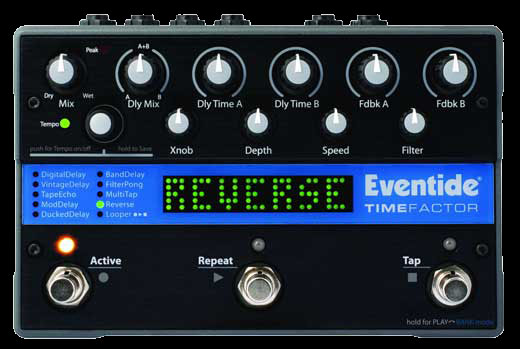 |
Work Out Your Power First |
|
|
It is best to work out your power scheme before you purchase a PedalSnake System.
The goal when designing a power scheme is to achieve quiet, reliable power while using as few power supplies as possible. Not only can this save money on power supplies, but each power supply uses a P-Line, so you seek to minimize the number of P-Lines you need in your PedalSnake system.
Efficient power can be had by following a few simple guidelines: |
Simple Power Guidelines |
|
|
.
Power Chain 9V PedalsPower several (or all) of your 9V pedals with one standard power supply. We are referring to the 9V pedals that draw very little current (the ones with a 9V battery option). Use a power chain cable. Contrary to popular belief, this is easy to do properly, and quietly. See Power Chaining is Fine .
|
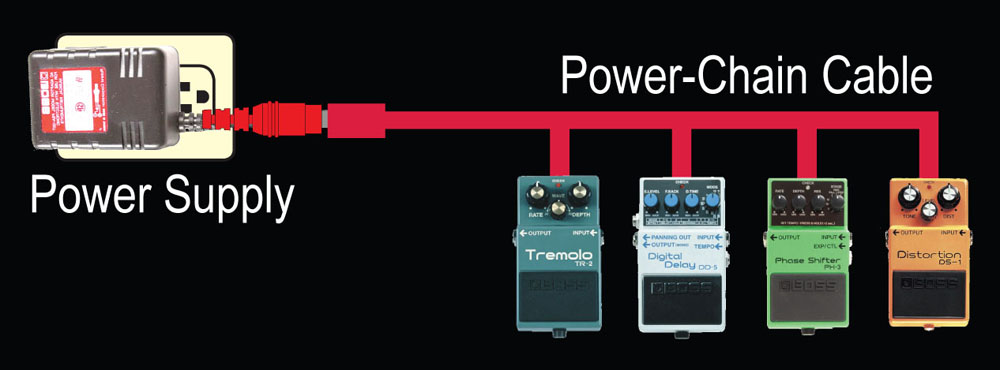 |
|
. Don't Overload Your Power SuppliesThere is a maximum "mA" current rating printed on a power supply. If you have many 9V pedals, you may need more than on power supply and P-Line. See our article Don't Overload.
|
OUTPUT: 9VDC, 200mA
|
|
. Use the Power Supplies That Come With PedalsMini pedals don't come with power supplies, and don't have room for a battery. They can generally be power chained.
Most other larger pedals with no 9V battery option should come with a power supply. With a few exceptions, power those alone with their supply on a separate P-Line, or with a proper isolated output of a multi-output supply. |
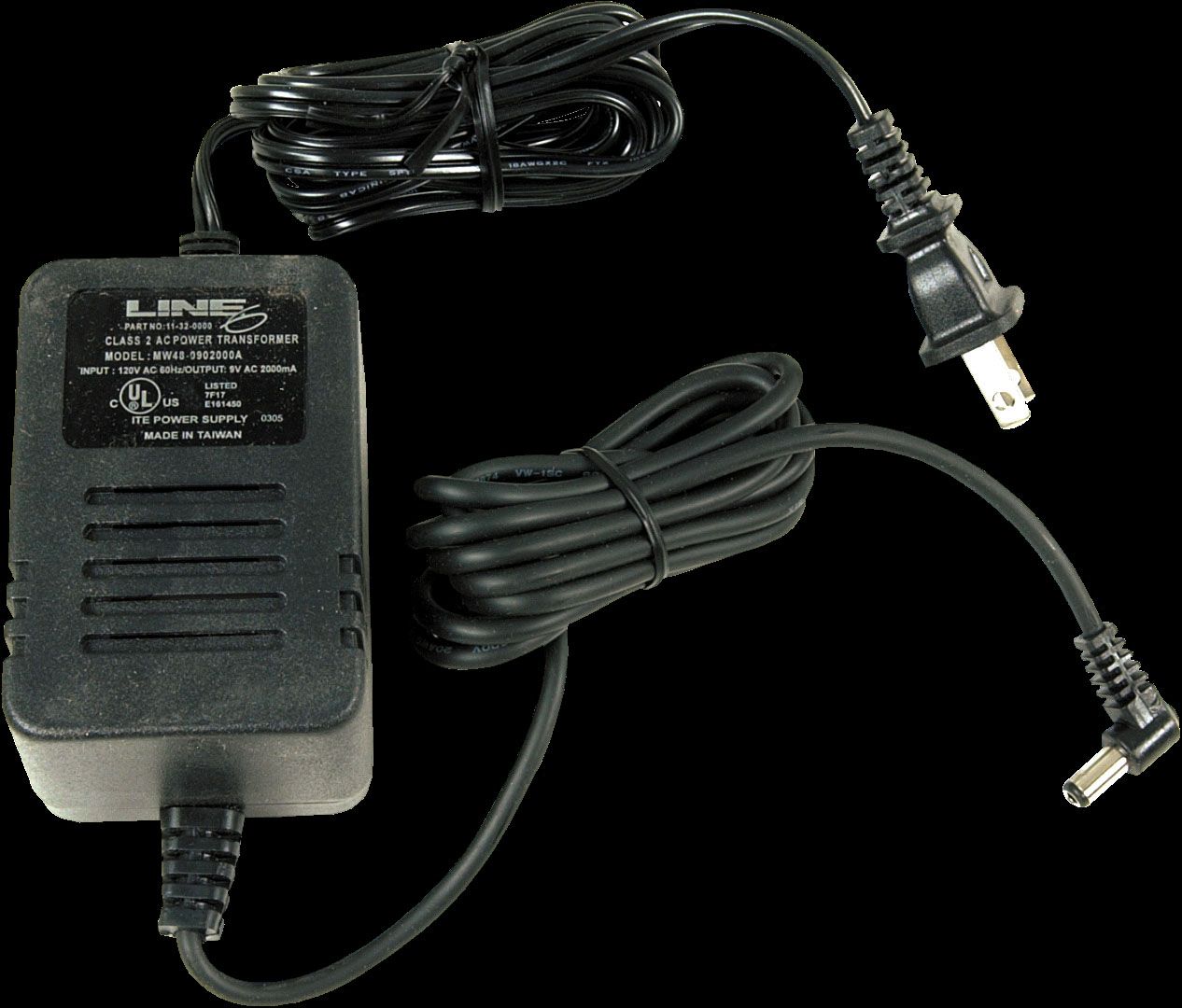 |
Using Power Supplies with Isolated OutputsIn order to eliminate the AC power cord you run to your pedalboard, you can move board-mounted supplies to the backline, and preserve any isolation you need by running their outputs thru P-Lines.
.
|
|
The number of P-Lines needed with your PedalSnake can be minimized by efficient use power outputs. A good example is shown below that preserves all the important isolations. These power supply outputs could connect to a PedalSnake P-Line.
Note that, contrary to popular myth, when done correctly, 9V "battery" pedals can almost always be power-chained quietly. They draw very little current, and their DC voltage is totally quiet. ("Noisy-on-a-chain" digital pedals do exist, but are rare.) To power chain properly, see Power Chaining is Fine. |
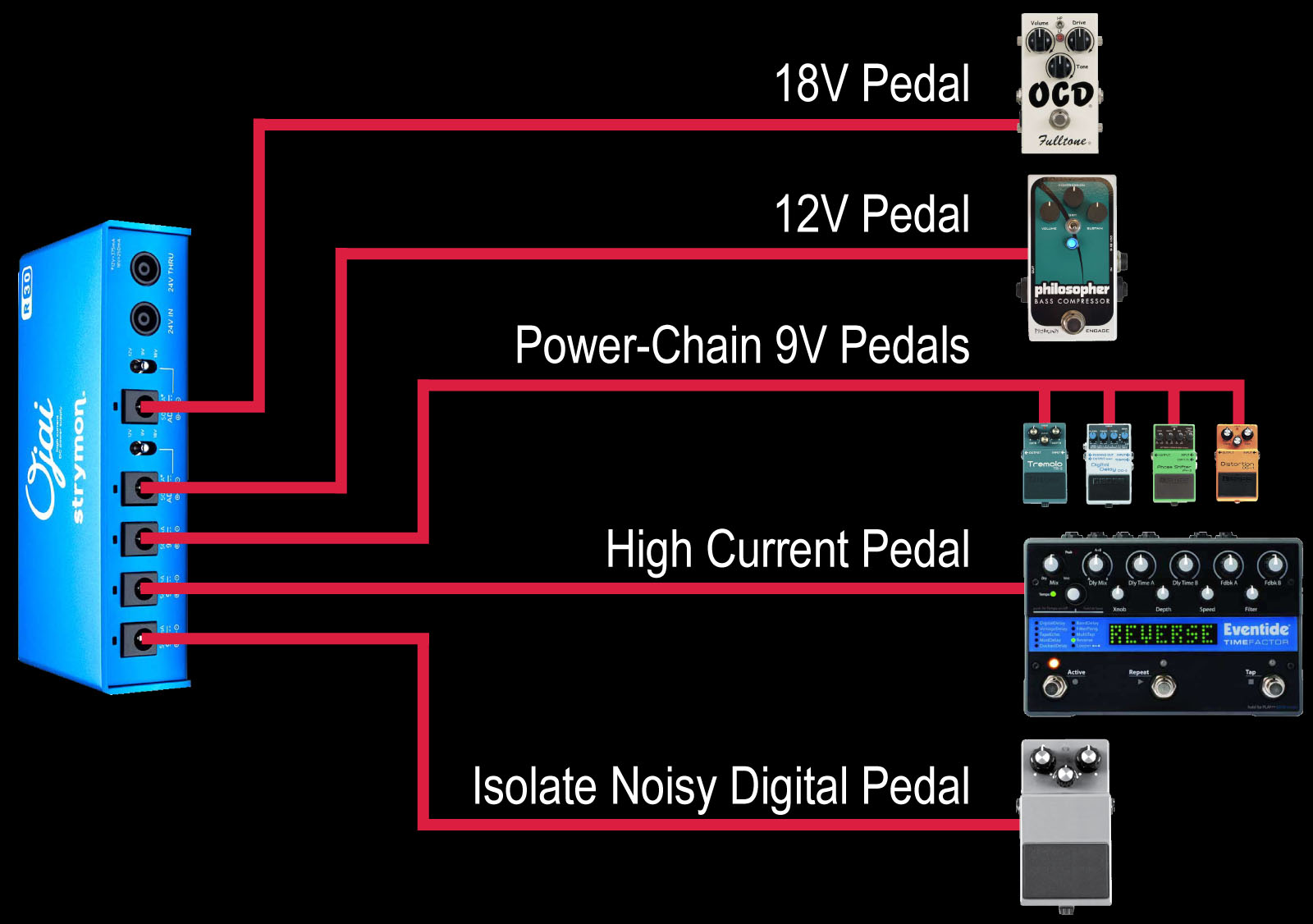 |
|
. Other Helpful References |
About Powering Pedals |
Guitar Noise Manual |
Isolation and Grounding |
Power Plug Adapters List |
|
. Back to Top |
.
.
|
After reading this page, if you still need help deciding how to choose your P-Lines, you can fill out and return Your Rig Questionnaire, or Contact Us.
|
.
A Note About Board-Mounted Power SuppliesAC powered board-mounted power supplies do not allow PedalSnake's "one cable only" solution (see Low Voltage Method). A separate AC power cord must run out to the pedal area. |
 |
|
The new PedalSnake-Strymon 24V Method is superior. A single 24V P-Line in PedalSnake powers an onboard 24V-sourced Strymon power supply, and no AC power cord is needed. The 24V can be run throught PedalSnake's low-voltage cabling system. |
|
However, we do highly recommend using P-Lines to achieve "one cable only". Most folks eventually switch to this, because the Low Voltage Method is the fastest, cleanest, and quietest cabling method you will ever experience. We have a 30 Day Return Policy (minus shipping). So you can try it for yourself without risk. |
PedalSnake® is the trademark name for Stage Magic's All-in-One Pedal Cabling Solution. Copyright © 2012 Stage Magic, Inc.

